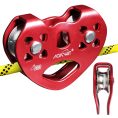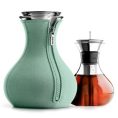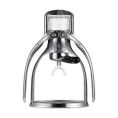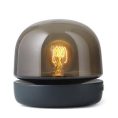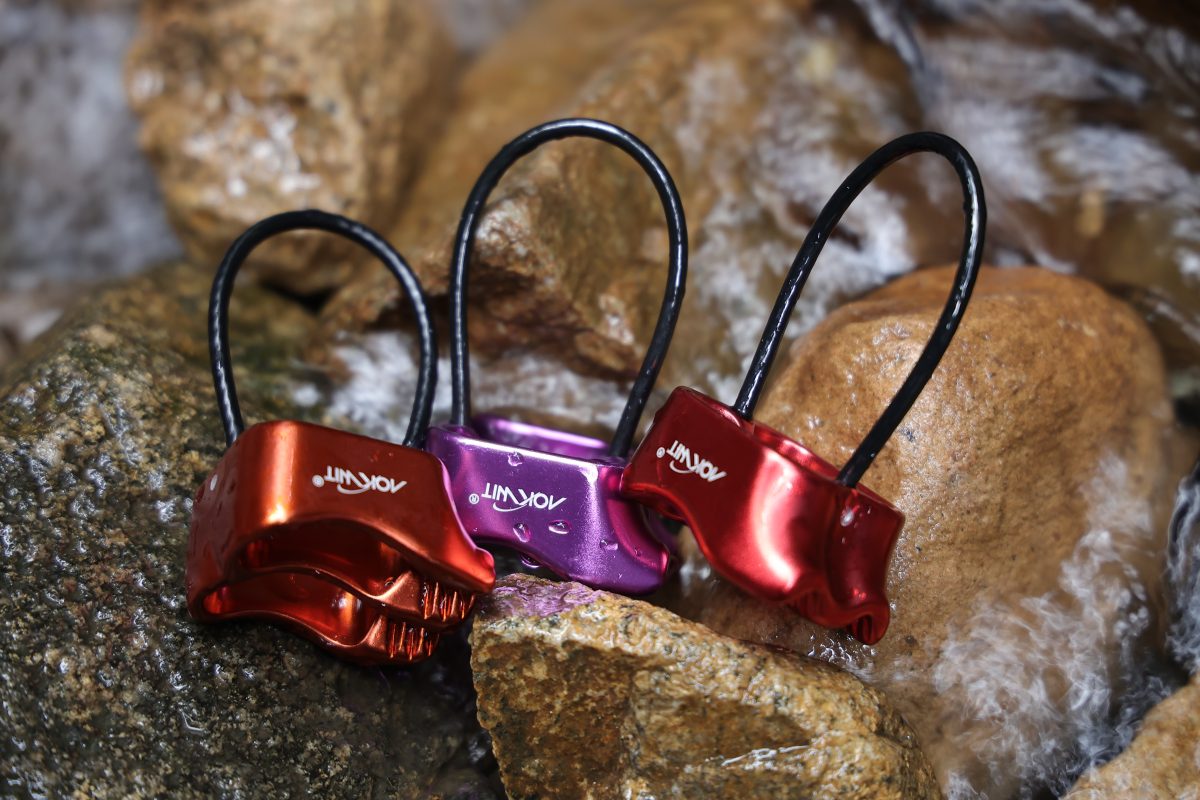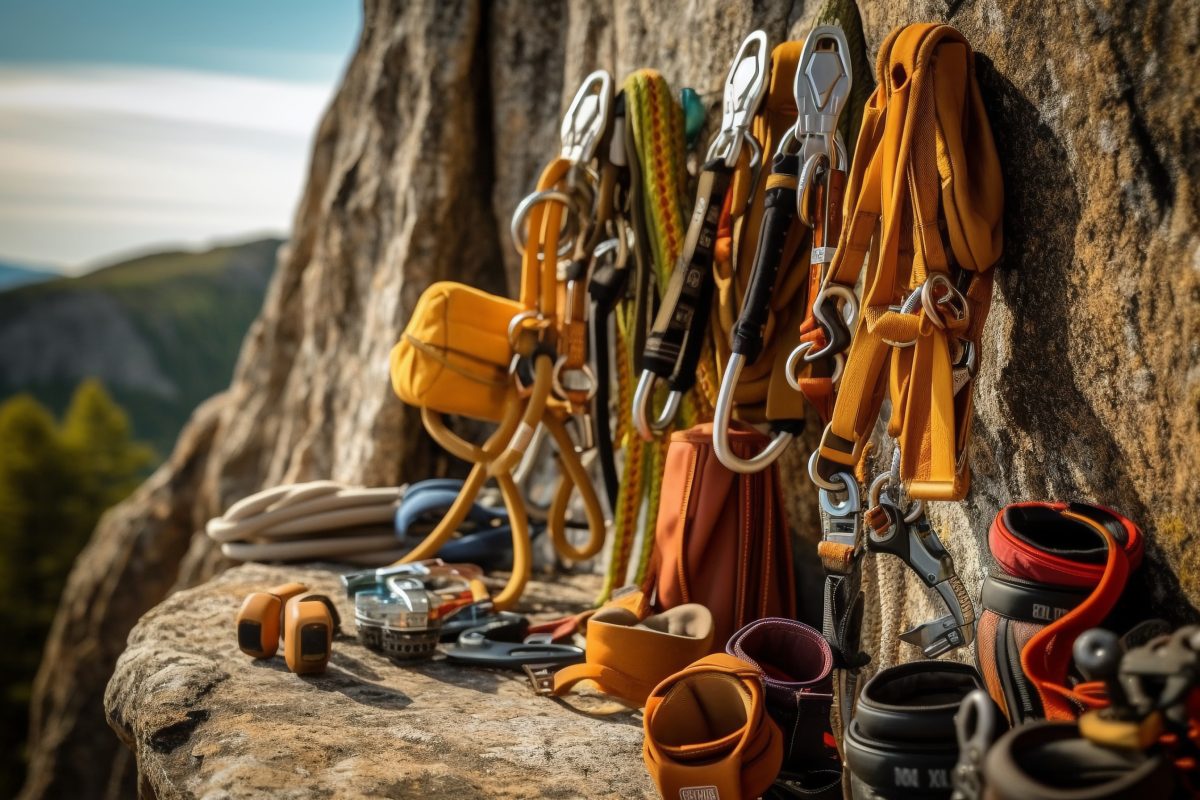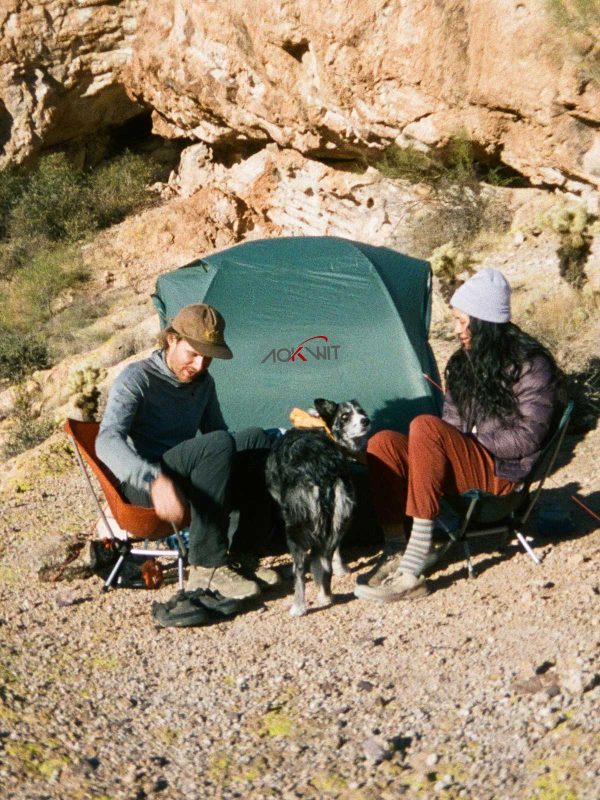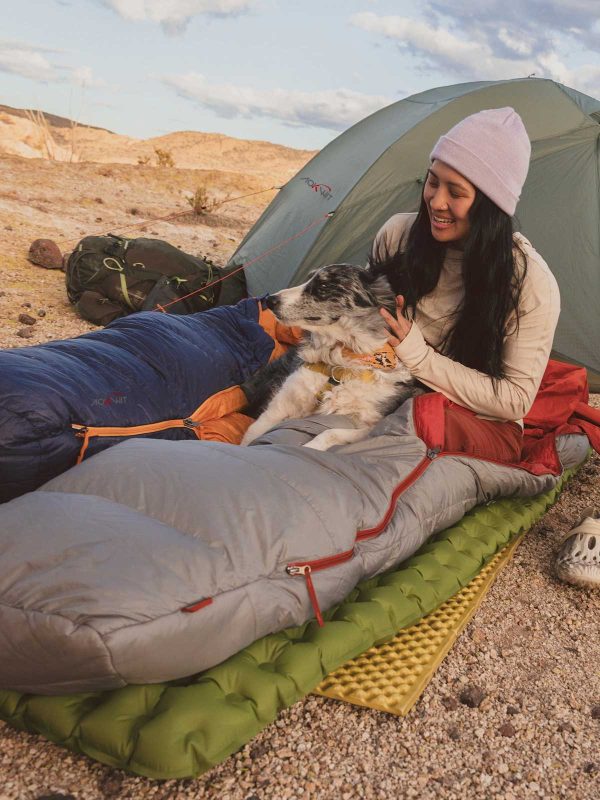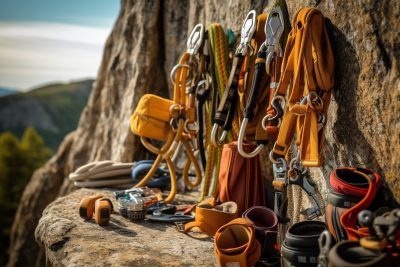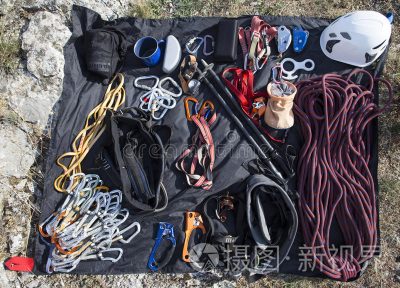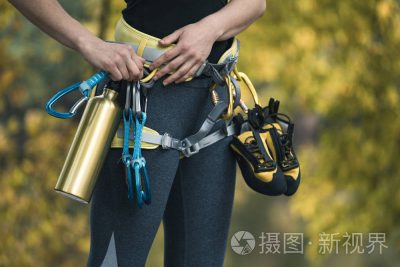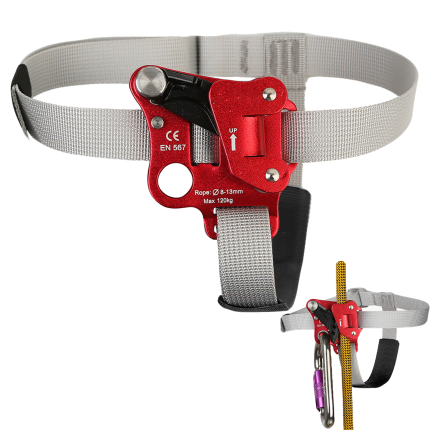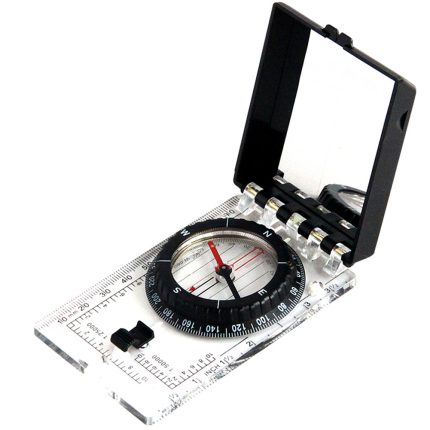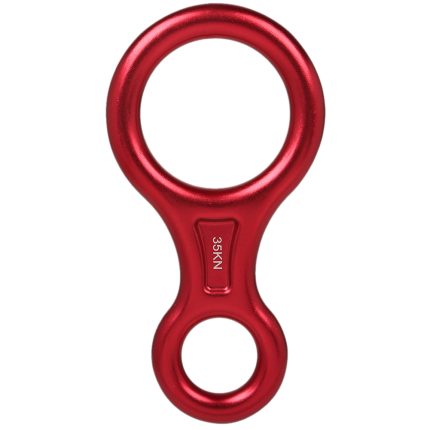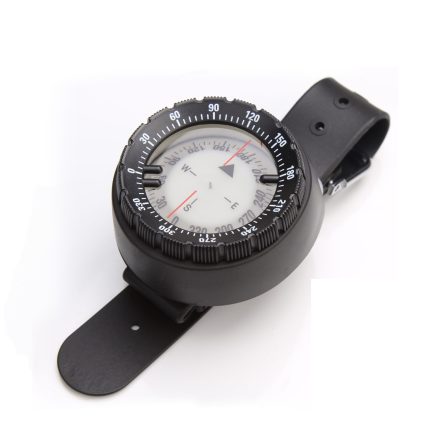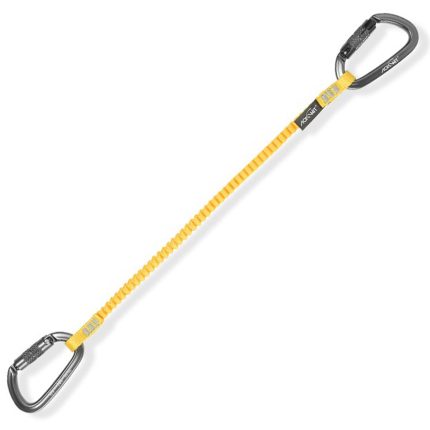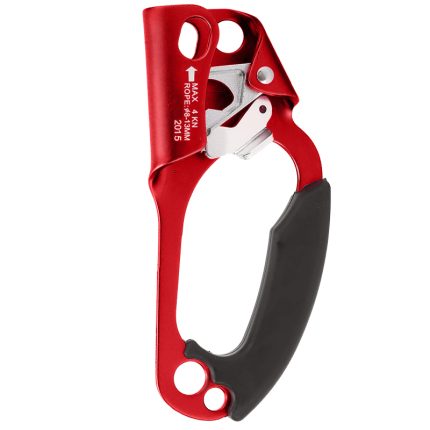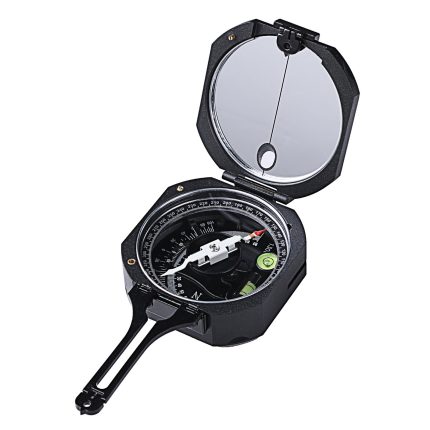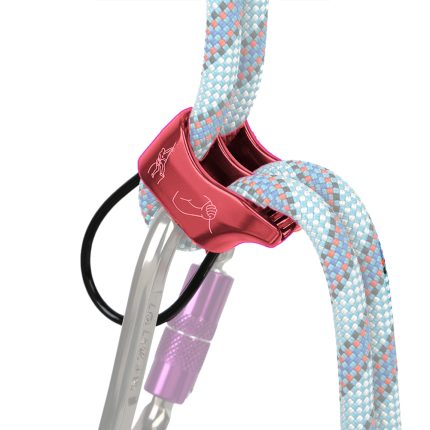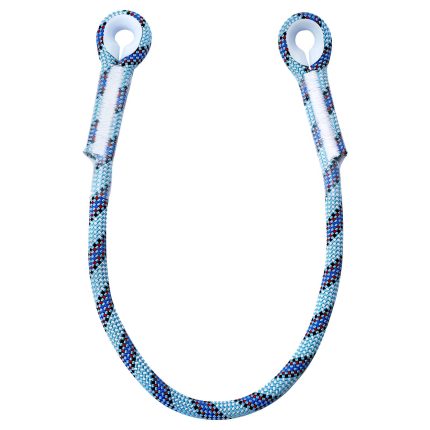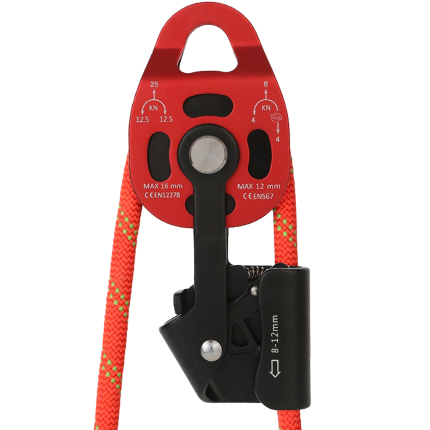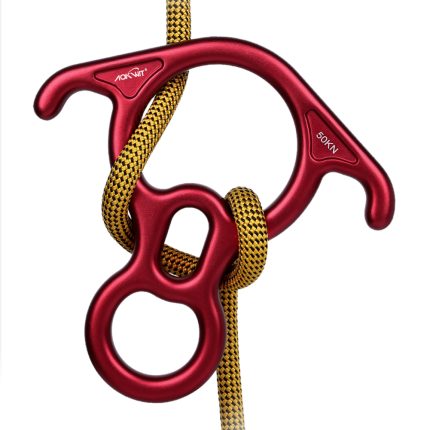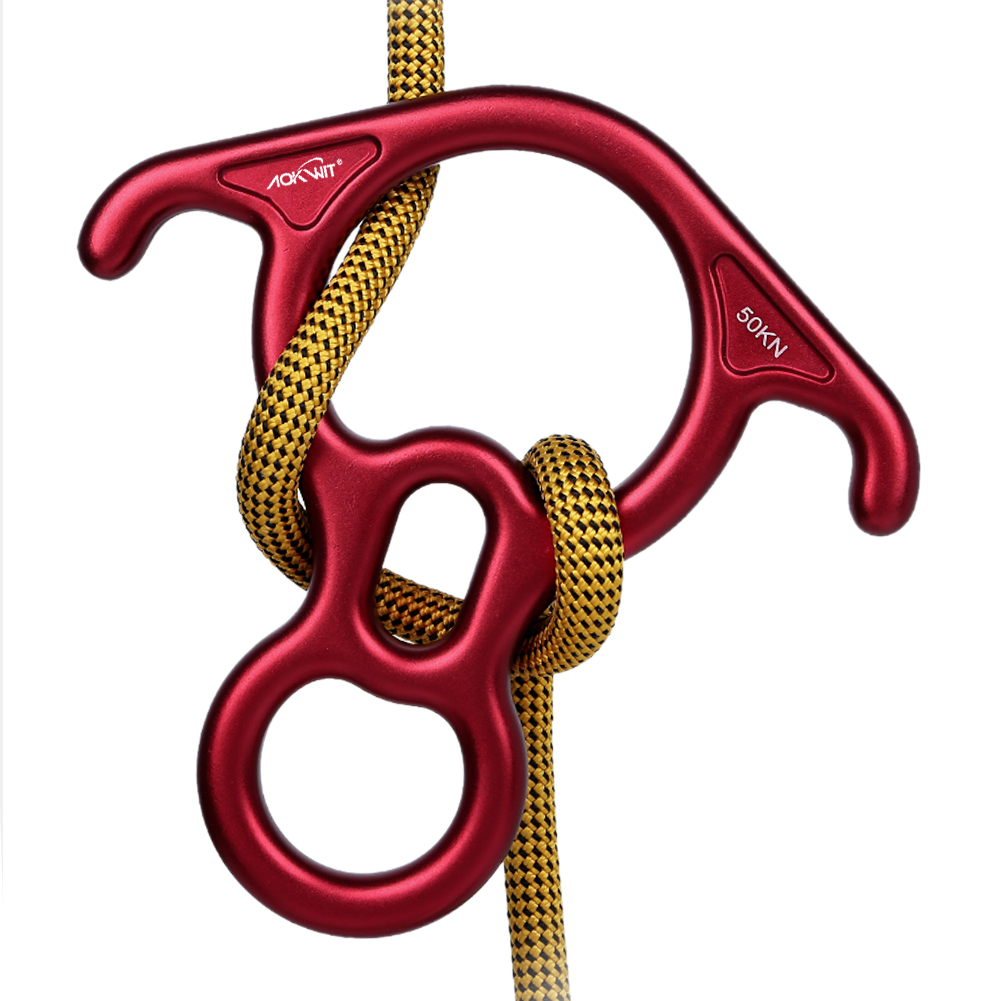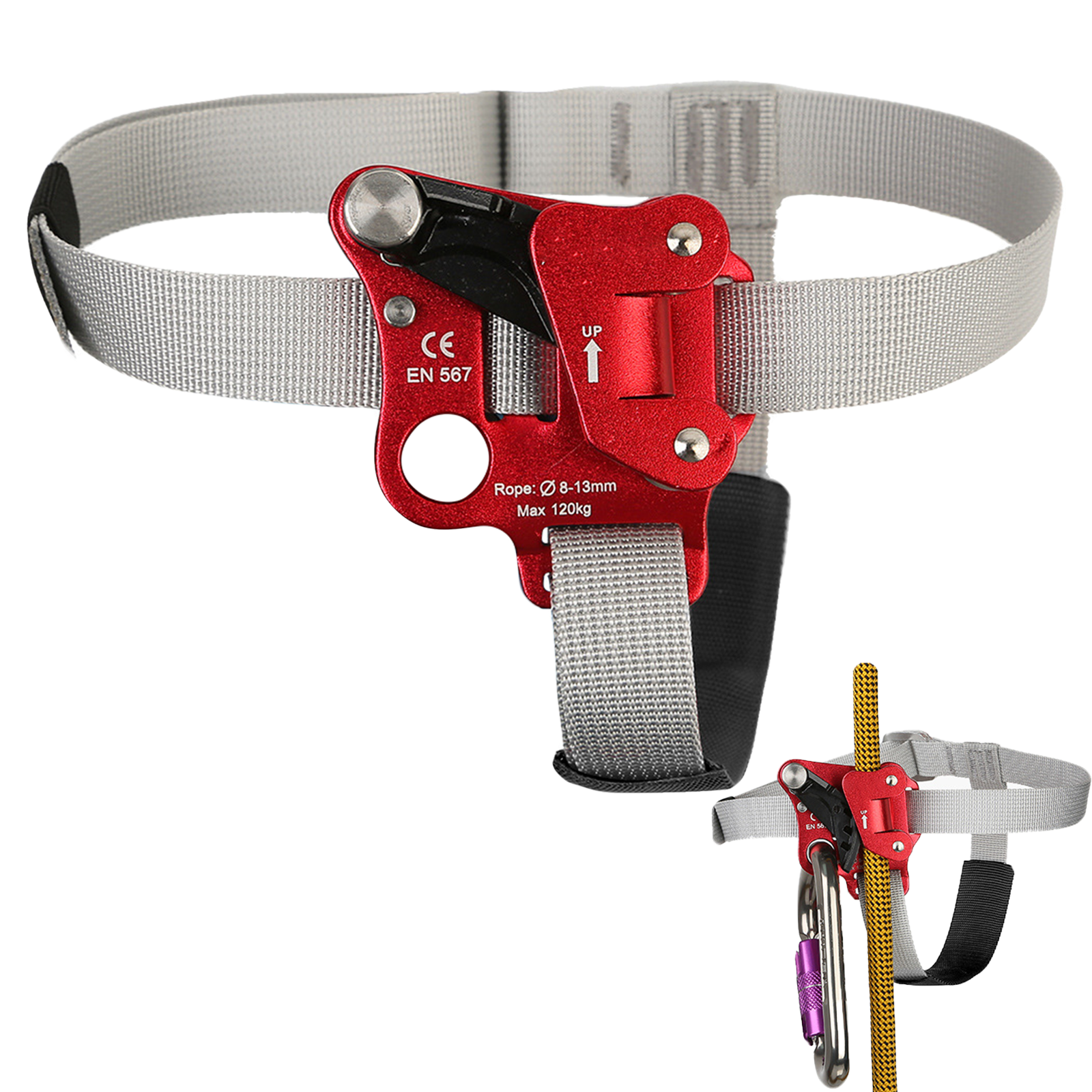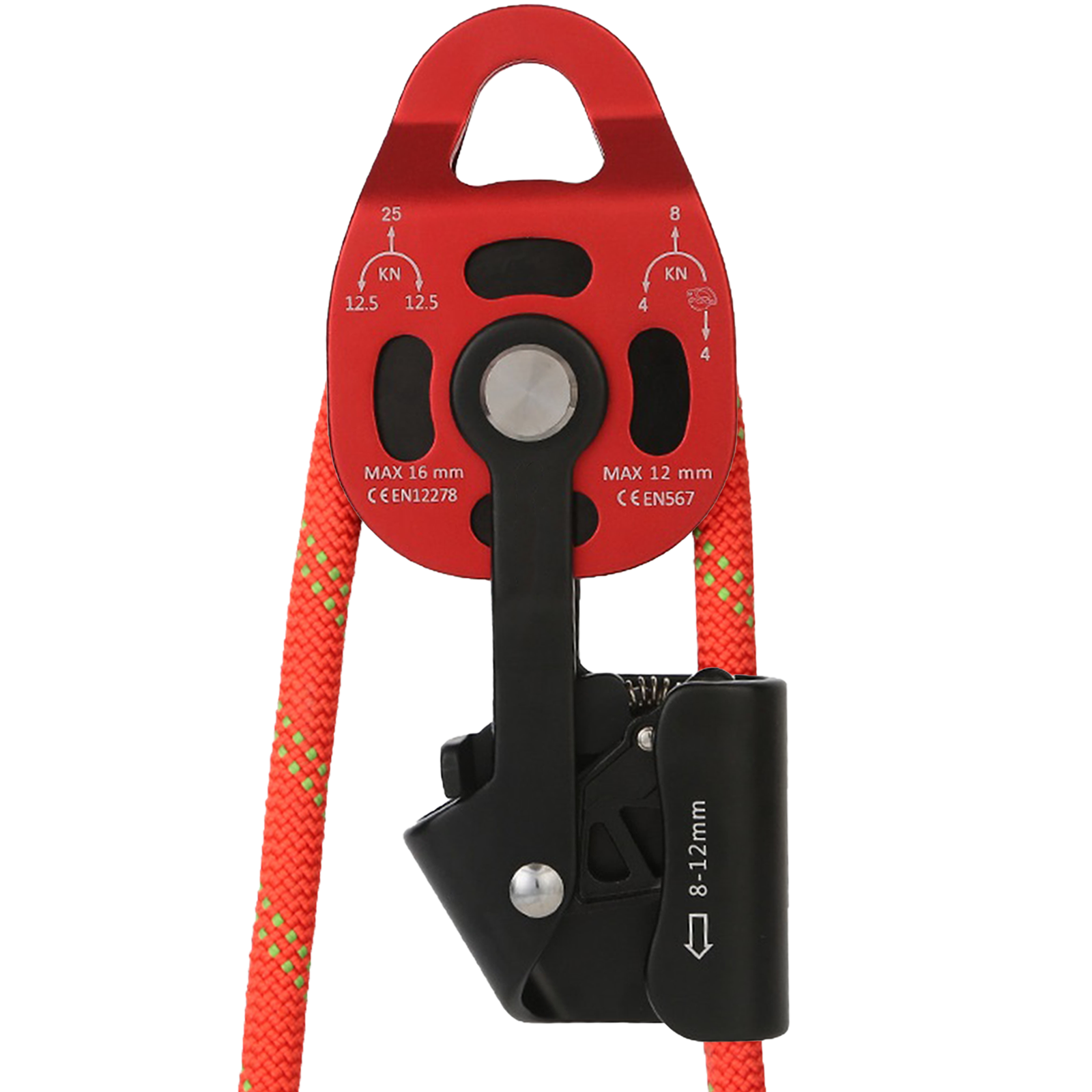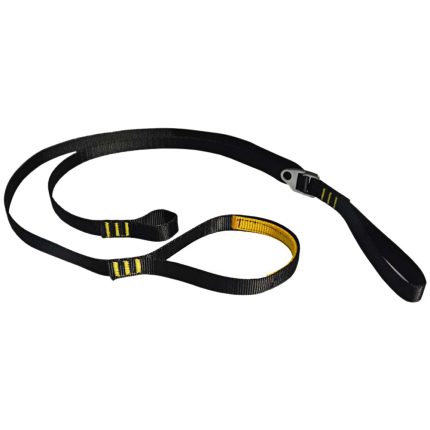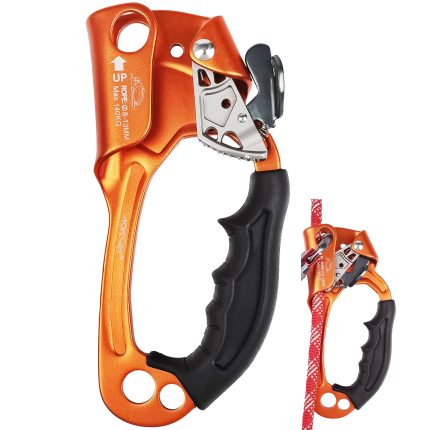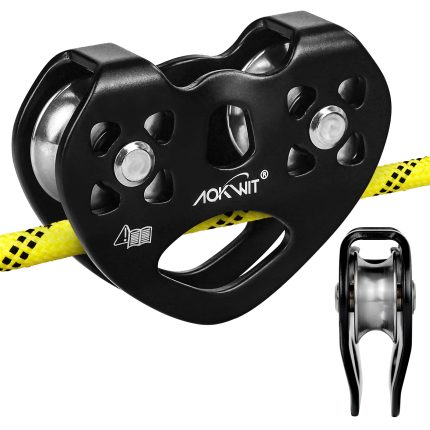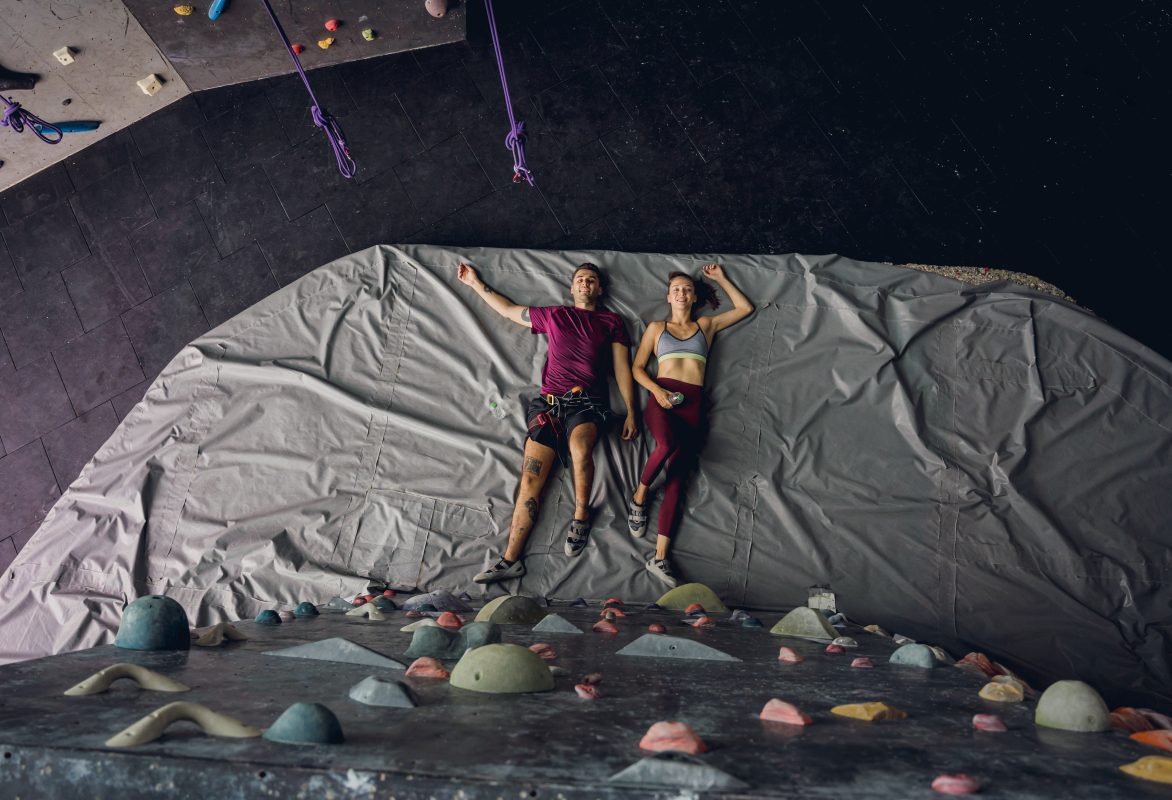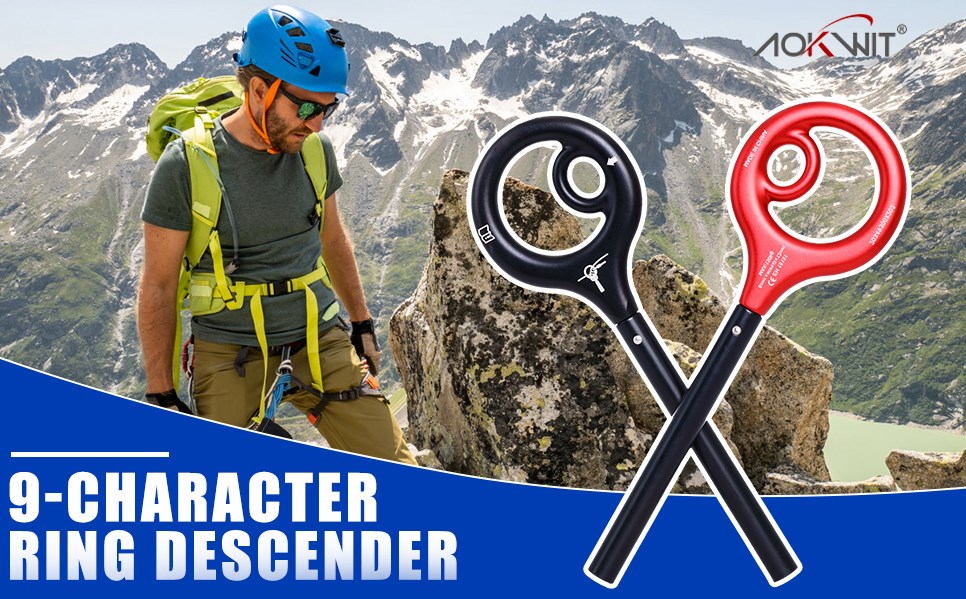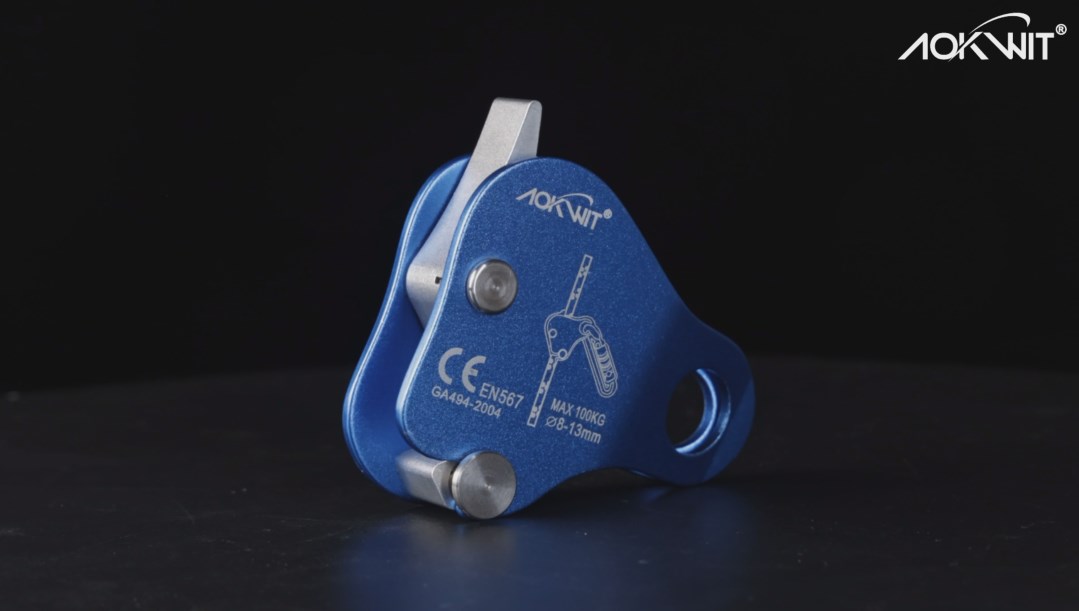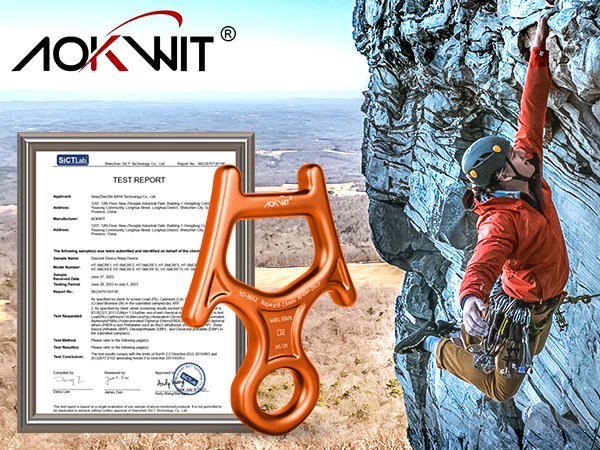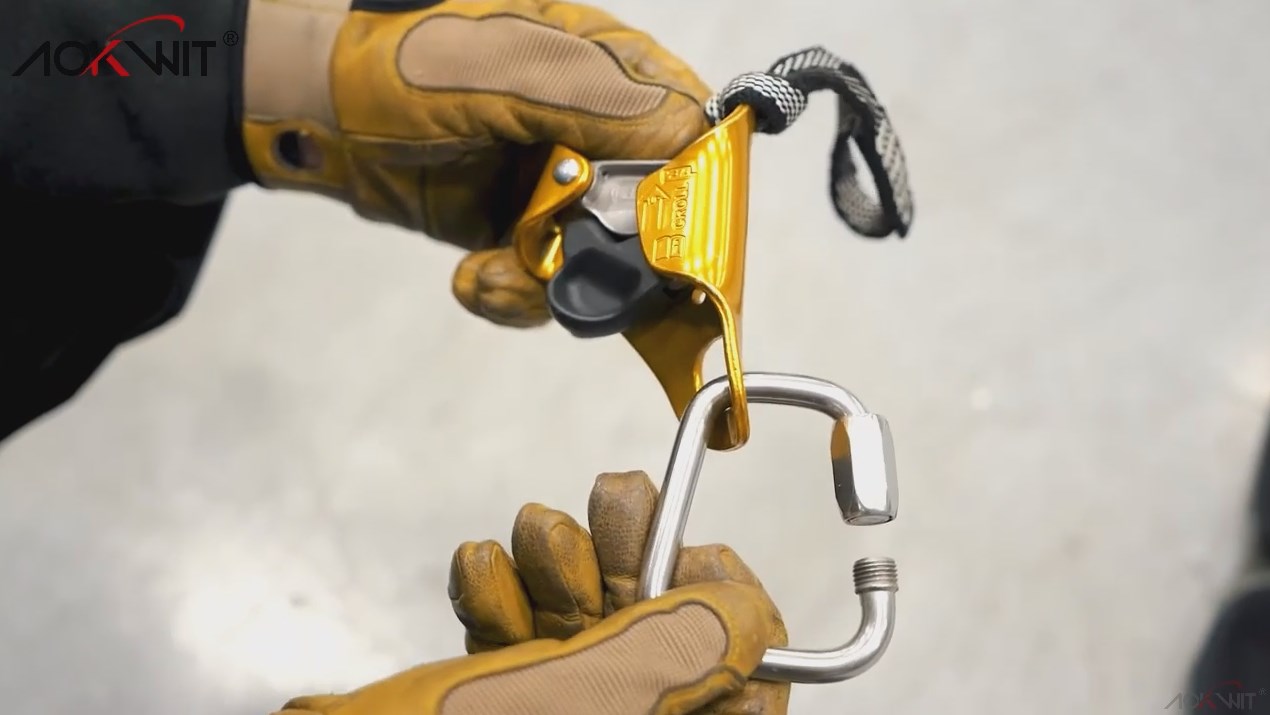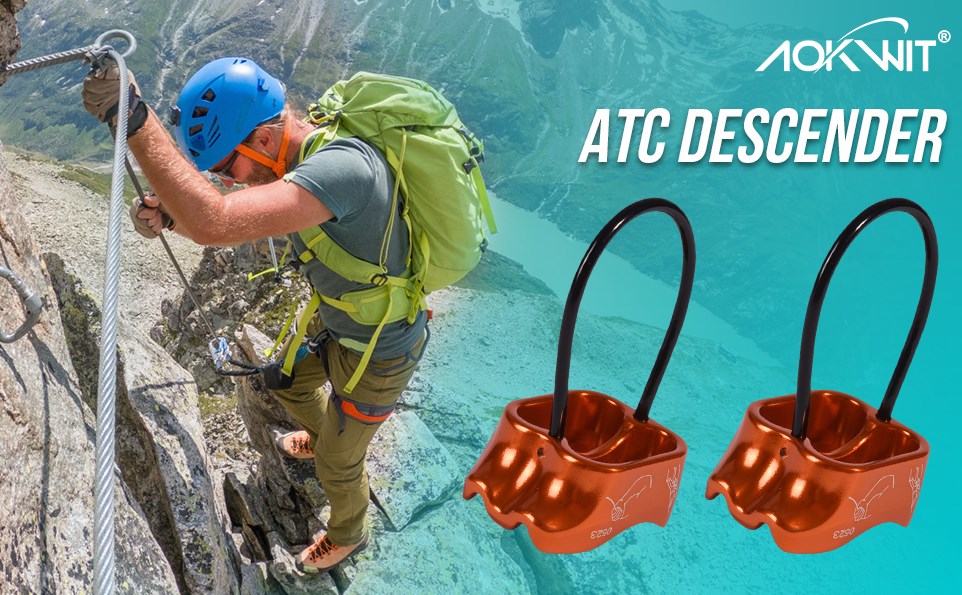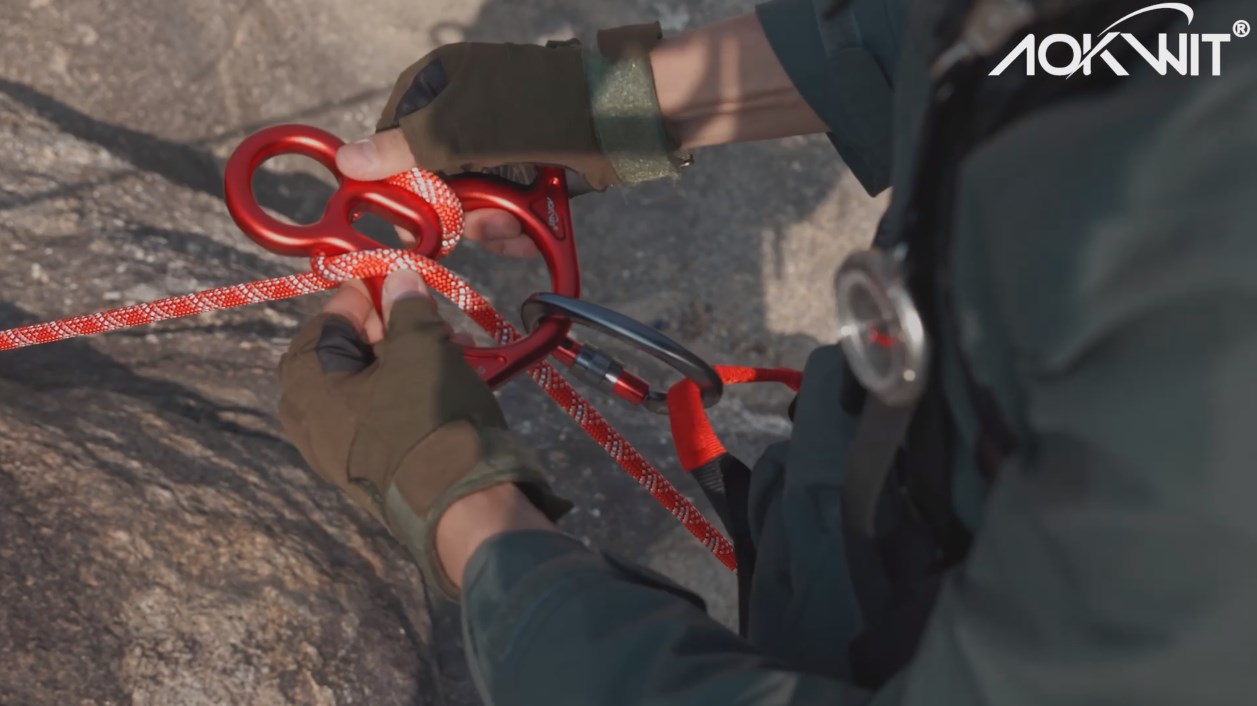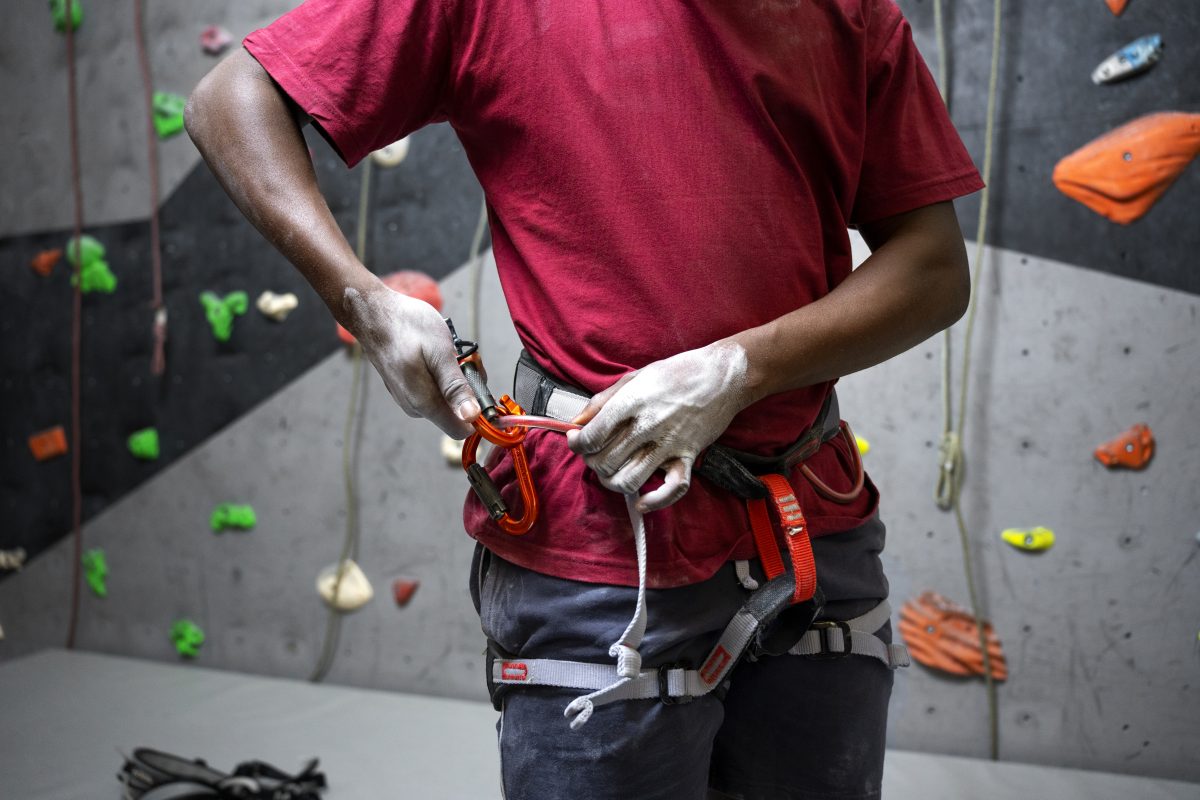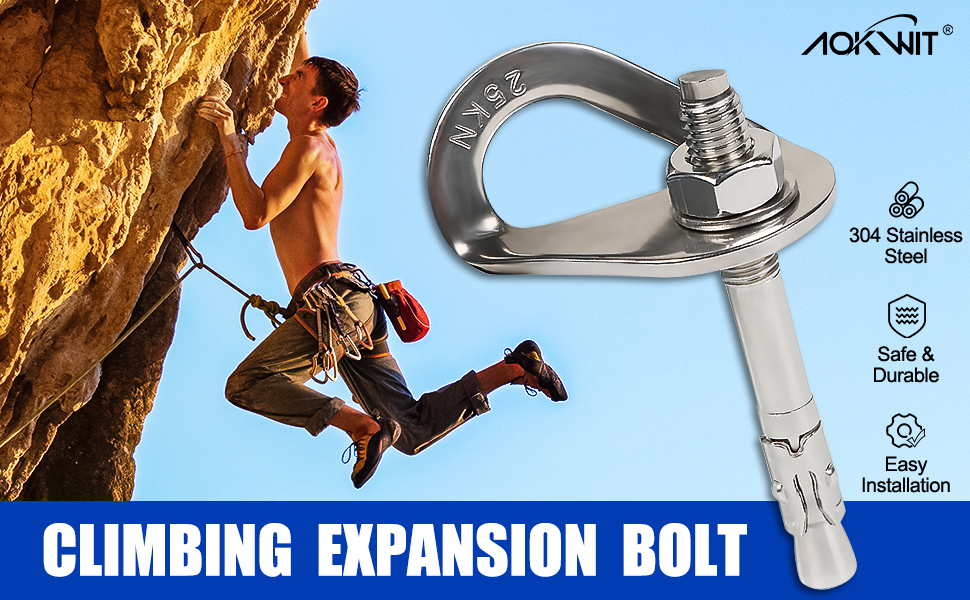AOKWIT Outdoor Knowledge Lecture Series – Beginner’s Gear List
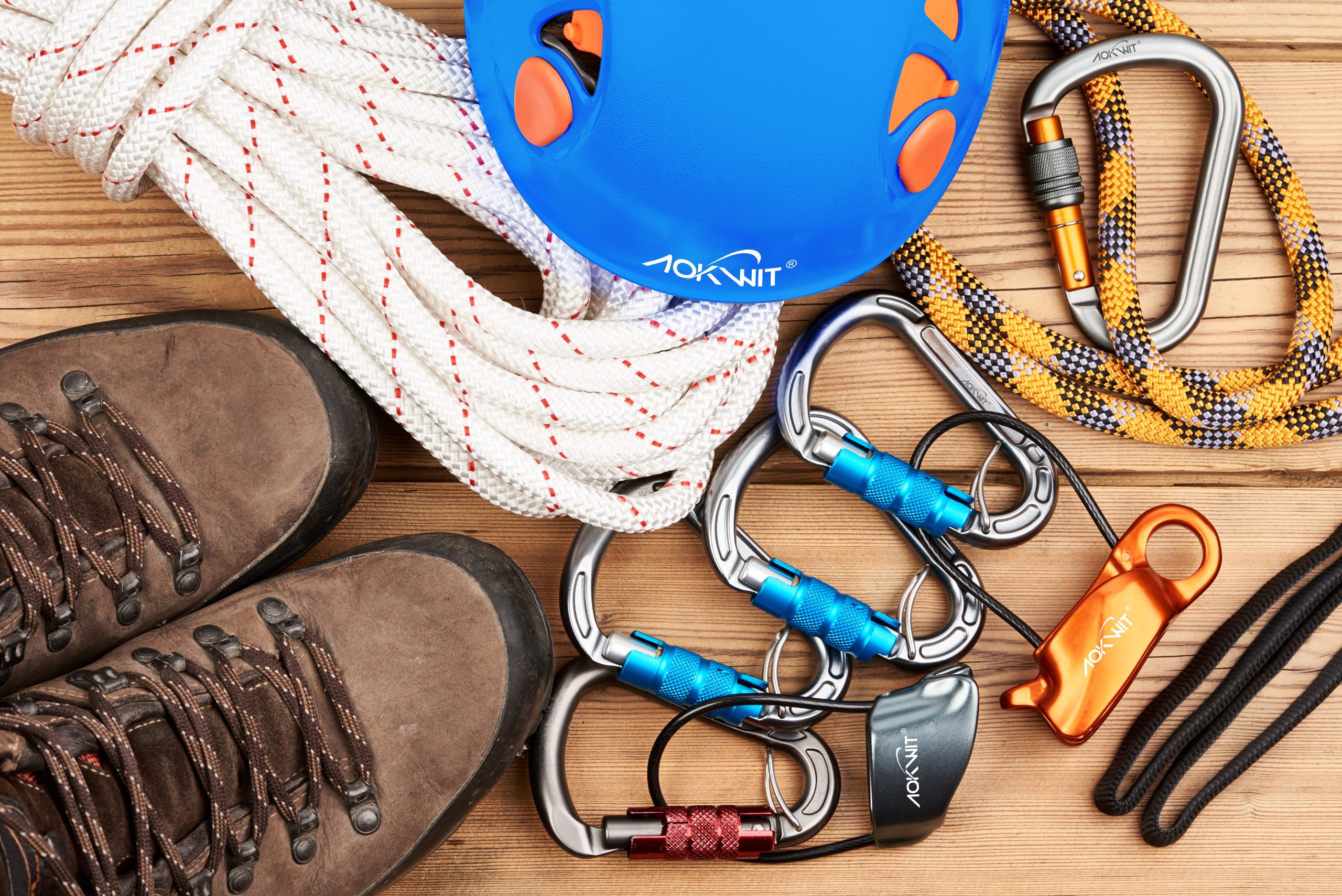
A Systematic Guide to Rock Climbing Equipment – Decoding the “Cross Equipment Mnemonic“
As outdoor activities gain popularity, wilderness rock climbing has emerged as a widely followed extreme sport.
To address beginners’ confusion about gear selection, our professional team developed the “Cross Equipment Mnemonic”, a systematic memorization method that helps climbers build structured equipment knowledge through scientific categorization.

This guide adopts ergonomic design principles and constructs a memorization model based on a top-to-bottom equipment configuration logic.
I. Framework of the Equipment Mnemonic System
The “Cross Mnemonic” comprises four modules: One Helmet, Two Belts, Three Connections, Four Shoes, corresponding to an ergonomic protection system:
1. Head Protection System (One Helmet)
The primary equipment is a climbing helmet. As the most critical protective barrier, a professional helmet meeting EN 12492 standards effectively defends against falling rock impacts. Opt for ventilated designs weighing ≤400g.

2. Waist Support System (Two Belts)
Includes two core components:
- Chalk Bag: Breathable design with a recommended width of 3-4cm; chalk capacity 150-200ml
- Climbing Rope: Must comply with UIAA certification; waist loop circumference should adapt to personal waist size ±5cm.

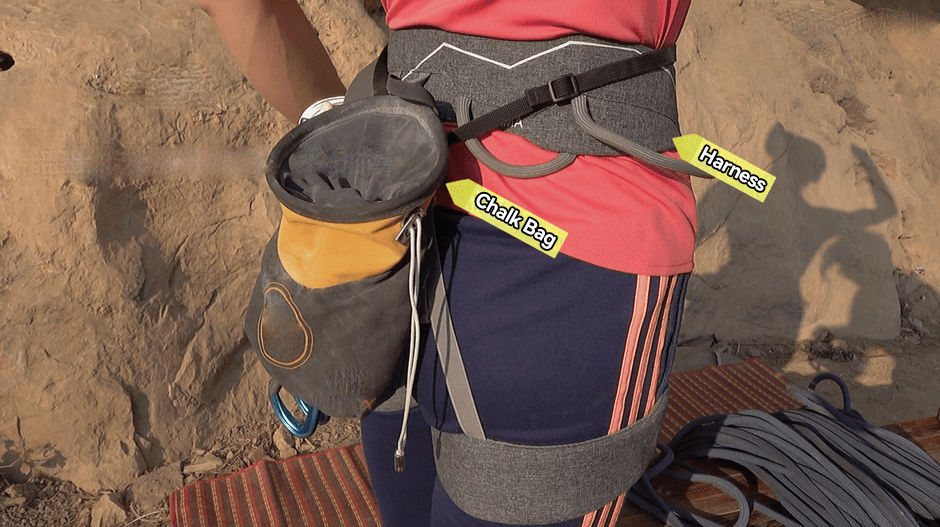
3. Connection & Protection System (Three Connections)
Forms a three-dimensional safety network for wall operations:
- Climbing Rope(Harness): Diameter 9.8-10.5mm, length 70m (covers round trips on 35m standard routes)
- Quickdraws: Recommended 12 sets (6 main carabiners + 6 secondary carabiners)
- Belay Device: Prioritize auto-locking devices like the GRIGRI+.


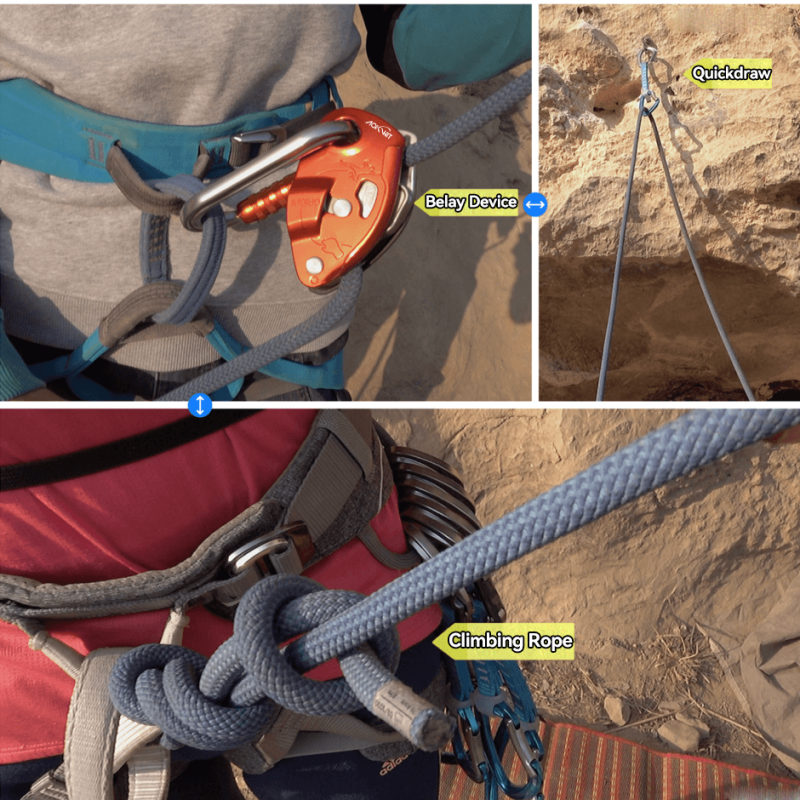
4. Footwear System (Four Shoes)
Dual footwear configuration:
- Climbing Shoes: Vibram rubber outsole, hardness index Level 3-4 (ideal for medium-grade walls)
- Sneakers: GTX waterproof technology, shaft height≥15cm.

II. Equipment Parameter Reference Table

III. Application Scenarios & Precautions
Route Compatibility: This configuration suits Grade II-IV traditional climbing routes.
Inspection Cycles:
- Rope core wear checks: Monthly
- Metal component inspections: Quarterly
Environmental Adaptation: Increase rope reserve length by 20% in high-altitude zones.
This mnemonic system not only serves as an equipment checklist but also extends into safety protocols. To learn how to apply the “Cross Equipment Mnemonic” for safety checks and explore advanced climbing techniques, stay tuned for more content in the AOKWIT Lecture Series.
